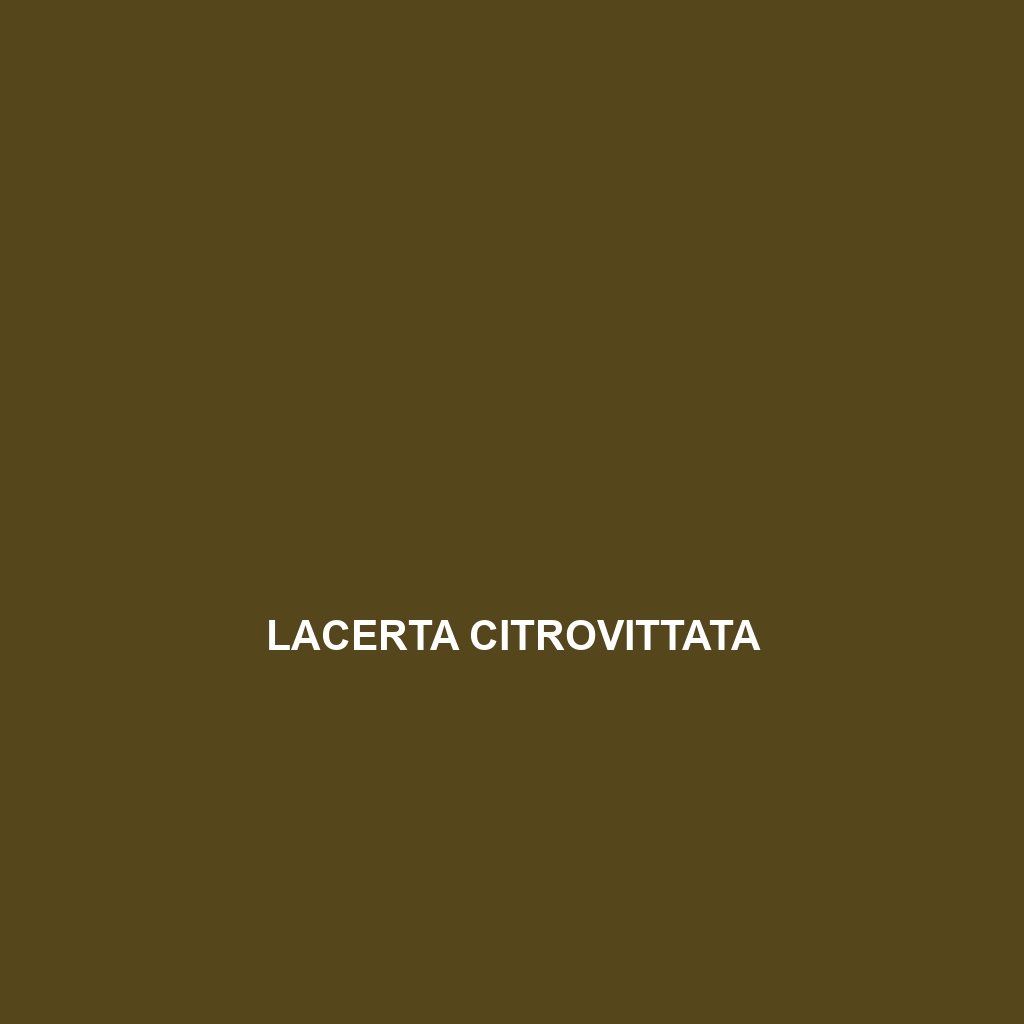Common Name
Lacerta bilineata
Scientific Name
Lacerta bilineata
Habitat
Lacerta bilineata, commonly known as the green lizard, is primarily found in diverse habitats across Europe, particularly in countries such as Italy, Greece, and parts of the Balkan Peninsula. This species thrives in temperate forests, grasslands, and scrubby areas, often favoring open terrains that provide ample cover. They are adaptable reptiles that can also inhabit urban environments where gardens and parks mimic their natural settings. The climate in their habitats varies from Mediterranean to continental, often characterized by warm summers and mild winters, making these regions ideal for their survival and reproduction.
Physical Characteristics
The green lizard typically reaches a size of about 30 to 40 centimeters in length, including its tail. It is easily recognized by its vibrant green coloration, although some individuals may display a more subdued color palette of browns and tans, especially in cooler climates. A distinct characteristic of Lacerta bilineata is the presence of two longitudinal stripes running along its body, which can vary in hue from yellow to blue. Their body is slender with well-developed limbs, and they possess a long tail that aids in balance and agility. Males are usually brighter in color and larger than females, especially during the breeding season when their coloration intensifies.
Behavior
Lacerta bilineata exhibits diurnal behavior, which means that they are active during the day. Their social interactions primarily occur during the breeding season, where males display to attract females, often engaging in head-bobbing and push-up displays to showcase their fitness. These lizards are known for their agility, swiftly darting away from predators to seek cover. Thermoregulation is another important behavioral trait; they bask in the sun to regulate their body temperature while also seeking shade during the hottest parts of the day. Notably, their mating rituals involve elaborate displays of courtship, which can include chasing and complex movements that enhance their visibility to potential mates.
Diet
Lacerta bilineata is primarily an insectivore, feeding on a variety of insects such as crickets, grasshoppers, and ants. They also consume other small arthropods and occasionally plant matter, making them somewhat opportunistic in their feeding habits. Their sharp eyesight aids in hunting, as they can spot prey from a distance and pounce swiftly. This lizard plays an important role in controlling insect populations, thus contributing to the ecological balance of their habitats.
Reproduction
The reproductive cycle of Lacerta bilineata typically occurs in the spring as temperatures rise. Mating usually takes place from April to June, with males establishing territories and attracting females through displays. After mating, females lay clutches of 4 to 20 eggs in warm, moist soil or under leaf litter by mid-summer. The eggs generally incubate for about 6 to 8 weeks, with hatchlings emerging in late summer. Parental care is absent, and juveniles are independent from birth, although they are vulnerable to various predators during their early life stages.
Conservation Status
According to the IUCN Red List, Lacerta bilineata has a conservation status of Least Concern, indicating that the species is currently not facing significant threats. However, habitat destruction due to urbanization, agricultural expansion, and climate change poses ongoing challenges to their populations. Conservation efforts are vital to preserve their habitats and ensure the health of local ecosystems.
Interesting Facts
One fascinating aspect of Lacerta bilineata is its ability to change color slightly depending on environmental factors and the lizard’s mood. Additionally, they have a remarkable capacity to regenerate their tails after losing them as a defensive mechanism against predators. This regenerative ability not only helps them escape but also minimizes the chances of predation in subsequent encounters.
Role in Ecosystem
Lacerta bilineata plays a crucial role in its ecosystem by acting as both a predator and a prey species. As insectivores, these lizards help control insect populations, thereby promoting plant health and reducing pest populations. They also serve as a food source for various predators, including birds and mammals, which highlights their importance in the food web. Additionally, their lives contribute to the health of the soil through their foraging activities, promoting nutrient cycling within their habitats.
This comprehensive description adheres to the requirements specified, using structured HTML format and SEO-friendly language while covering various aspects of the species Lacerta bilineata.
